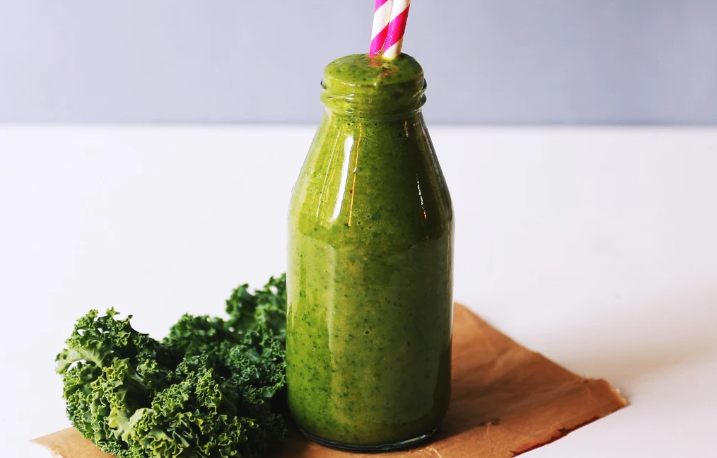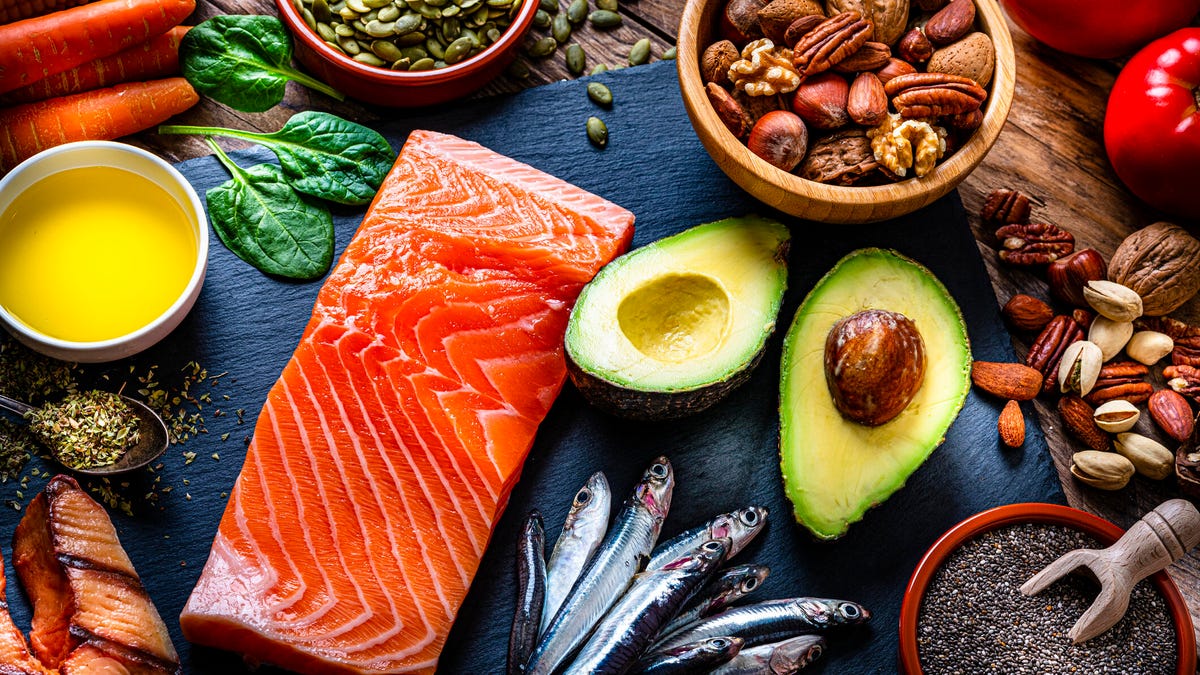LaToya Meaders, the president and co-founder of Collective Fare, a cafe and catering company in Brownsville, Brooklyn, says it all comes down to the marketing. In Brownsville, the main thoroughfares are a parade of fast food, fried chicken, seafood and soul food restaurants, and national brands like McDonald’s have cachet.
Collective Fare has thrived, Ms. Meaders said, by integrating into the community — serving a vegetable-rich cauliflower macaroni and cheese alongside the must-have fried chicken sandwiches — and hiring from the neighborhood. “People don’t want to be told what you think they like,” she said. “In these communities, they get that enough.”
Still, Ms. Meaders is optimistic that with the right marketing, Everytable can overcome that sort of skepticism. She might open a franchise through the company’s social equity franchise program, which is in the process of raising a $20 million debt fund to support and train Black entrepreneurs and put them on a path to owning and operating an Everytable store. She is also in talks to collaborate with the company to create a signature New York dish, similar to Everytable’s Trap Kitchen Chicken Curry, which was developed by Black chefs in the Compton neighborhood of Los Angeles. “There’s a risk of a white guy coming in and saying, ‘You got to eat that way,’” she said. “But we can say, ‘We rocks with him.’”
Another concern: whether Everytable’s food is actually affordable enough for the poorest Americans. Adam Drewnowski, a professor of epidemiology at the University of Washington and a leading researcher on social disparities and health, said he was encouraged by Everytable’s model, especially its focus on prepared foods, which aid those who are time- as well as cash-poor. But he noted that, even with a recent increase in food stamp benefits, the federal government’s Thrifty Food Plan, an estimate of the cost of a minimum, nutritionally sufficient diet, allocates just $6.89 for a full day’s worth of calories.
Ultimately, though, Everytable’s fate will probably be decided by the public. And predicting what people will embrace at mealtime is a tricky proposition. For Katrina Barber, at least, a 31-year-old photographer, Everytable works. She discovered it during the pandemic after she lost her job in Austin, Texas, and moved to Los Angeles. Money was, and remains, tight. Since Ms. Barber isn’t much of a cook, she finds herself ordering the chicken tinga or carnitas bowl at the Everytable in University Park as much as twice a week.
Ms. Barber is enthusiastic about Everytable’s mission, but her loyalty is cemented by its low prices. “I love spending $6 for something that tastes like a $10 meal,” she said. “Instead of going to Burger King or Taco Bell and spending the same amount, I can get a nutritious meal that actually tastes good.”











